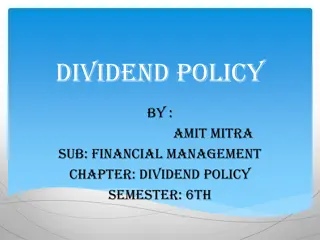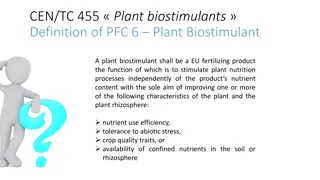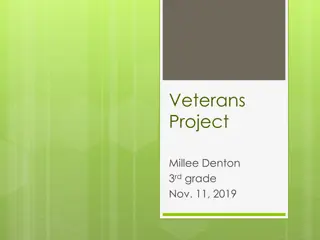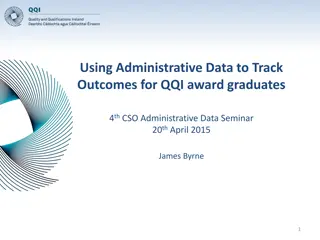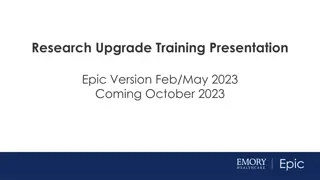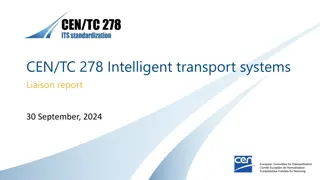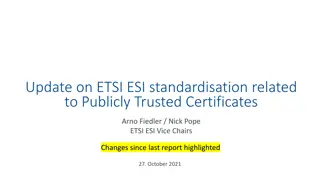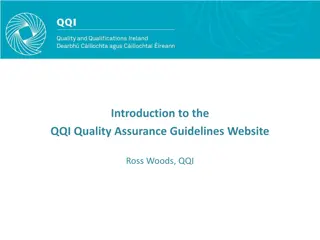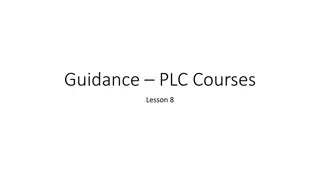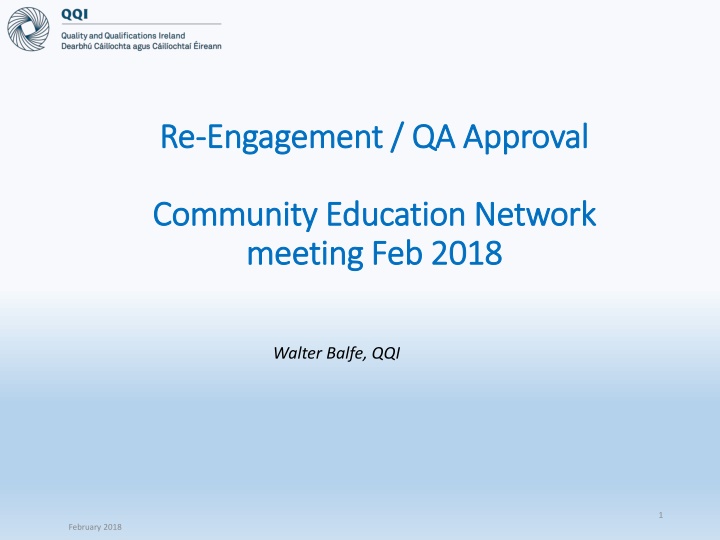
Provider Reengagement for Educational Quality Assurance and Improvement
Discover the purpose of provider reengagement in education quality assurance, focusing on genuine assessment, vulnerability identification, stakeholder feedback methodologies, policy clarity, and governance.
Download Presentation

Please find below an Image/Link to download the presentation.
The content on the website is provided AS IS for your information and personal use only. It may not be sold, licensed, or shared on other websites without obtaining consent from the author. If you encounter any issues during the download, it is possible that the publisher has removed the file from their server.
You are allowed to download the files provided on this website for personal or commercial use, subject to the condition that they are used lawfully. All files are the property of their respective owners.
The content on the website is provided AS IS for your information and personal use only. It may not be sold, licensed, or shared on other websites without obtaining consent from the author.
E N D
Presentation Transcript
Re Re- -Engagement / QA Approval Engagement / QA Approval Community Education Network Community Education Network meeting Feb 2018 meeting Feb 2018 Walter Balfe, QQI 1 February 2018
Re-engagement Pilot 12 providers volunteered - 3 HET and 9 FET 3 Community / Voluntary Sector (FET) 10 applied 5 complete to report 4 awaiting panel visit 1 reconfiguring as part of consortium 2 yet to make application February 2018 2
Learning for QQI to date Communication of purpose and process need improvement Effort expended by providers very worthwhile Effort needs to be channelled Many ways to skin a cat Panel experience can be very useful Contextualising parts of Guidelines Tension between review and approval past vs future Panels need to focus on future QA Providers need to show how they have learned from experience 3
What is the purpose of reengagement? to get confidence that the provider has: Done a genuine assessment of its own situation based on expertise and experience Identified any potential areas of vulnerability at provider level or programme level Put resources, policies and procedures in place to address any identified vulnerabilities and to drive enhancement Good governance in place externality / independence/ devil s advocate view at any area of significant decision making. Ways to avoid group think 4
What is the purpose of reengagement? to get confidence that the provider has: Methodology (ies) to know and act on o What learners think of programmes and services o What other stakeholders think (employers, next providers) of programmes and outcomes o What QQI and other regulators think o How comparable programmes compare and contrast (benchmarking) o What s working and what isn t 5
What is the purpose of reengagement? to get confidence that the provider has: Clarity in policy and procedure o For learners o For staff o For other stakeholders and public Capacity to develop programmes capable of being validated and retaining validation Separation of commercial and academic decision making 6
Typical Panel Meeting Agenda - pilot Access, Transfer and Progression Staff Recruitment, Maintenance, Development and Supports Assessment <in context> Learner Information and Supports before and during programmes Time Activity Panel arrives 09:30 Private Meeting of the panel 09:35 09:45 Session 1: Presentation of Application for Reengagement Introductions and context setting Presentation by provider on 09:45 11.00 Session 3: Meeting with <roles> 12:15 13:00 QA Procedures for Learner Recruitment, Learner Supports, Learner Records Information management and Public Information Lunch o Self-assessment process and report Resourcing and Capacity Findings Quality Assurance any vulnernabilities identified QA Procedures for approval Structure Governance and Externality Communication to stakeholders Monitoring of effectiveness Further development required Panel to seek clarification as required in interactive discussion. Focus to be on findings of gap analysis and self assessment, particularly on how QA system will manage areas of potential vulnernability. 13.00 13:30 o Private Meeting of panel 13:30 13:45 Session 4: Meeting with selected provider representatives (optional - if required to clarify any outstanding issues) 13:45 14:00 14:00 14:15 Private Meeting of panel Session 5: Preliminary Feedback to Senior Management: 14.15 14:30 Tea/Coffee Break 11:00 11.15 14:30 Finish Session 2: Meeting with <roles> 11:15 12:15 QA Policies and Procedures for Teaching and Learning Programme development and approval processes 7
Live Process o o o o o 42 providers to apply in 2018 74 in 2019 Balance in 2020+ Sequenced based on scale Approximately 40 providers working on applications to become new multi-centre providers People with QA expertise and / or report writing skills needed to be part of panels o 8
To reengage or not, that is the question .. o o o o o What is a provider? What is a centre? What is a programme? What if a provider don t reengage? What would it mean to be a consortium? 9
Questions? 12



